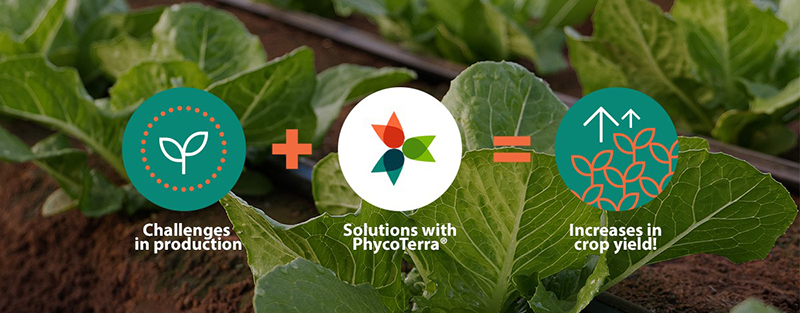HLB Detections Soar in California Citrus Trees
Detections of Huanglongbing (HLB), an incurable plant disease that kills citrus trees (aka, citrus greening), more than doubled in 2018 compared to the previous year, according to the California Citrus Pest & Disease Program, signaling the growing threat to the state’s iconic citrus trees, landscape, and economy.
HLB was detected in 269 trees in 2017 and 699 trees in 2018, with a majority of these occurring in Los Angeles and Orange counties. That’s where the disease was first discovered in California, in 2012 in Hacienda Heights.
The disease has not yet been detected in a California commercial grove, though most industry experts believe it’s just a matter of time.
HLB is spread by a small pest called the Asian citrus psyllid as it feeds on citrus tree leaves. The disease is fatal for citrus trees and has no cure. Once a tree is confirmed with the disease, the California Department of Food and Agriculture (CDFA) removes the infected tree from the property in order to protect neighboring citrus trees.
HLB has devastated commercial citrus production in Florida. Over the course of 10 years, Florida’s commercial citrus industry lost $7.8 billion in revenue, 162,200 citrus acres and more than 7,500 jobs due to HLB.
Should the disease spread from backyard trees in Southern California to nearby commercial citrus groves, it would threaten the viability of about 3,900 farmers with 292,000 acres of citrus production in the state. Commercially grown citrus contributes $7 billion in economic impact to the state and employs more than 22,000 individuals.
“The livelihood of California’s commercial citrus industry and the generations of families it supports is at risk because of HLB,” said Jim Gorden, a citrus grower in the San Joaquin Valley and chair of the Citrus Pest & Disease Prevention Committee. “We are at a crossroads, and we must all work together to do what is necessary to protect our citrus.”
CDFA has established quarantines throughout the state that limit the transport of citrus across state and international lines, and between areas where the psyllid and disease have been found. Additionally, CDFA has agriculture crews canvassing the state to inspect backyard citrus trees for the Asian citrus psyllid and HLB.
“The department is committed to our partnership with California’s commercial citrus industry and residential citrus growers to fight HLB,” said Victoria Hornbaker, interim director of the citrus program at CDFA. “With more than half of California residences estimated to have a citrus tree on their property, and California citrus production supporting billions of dollars in our state’s economy, we all play an instrumental role in protecting our citrus.”









